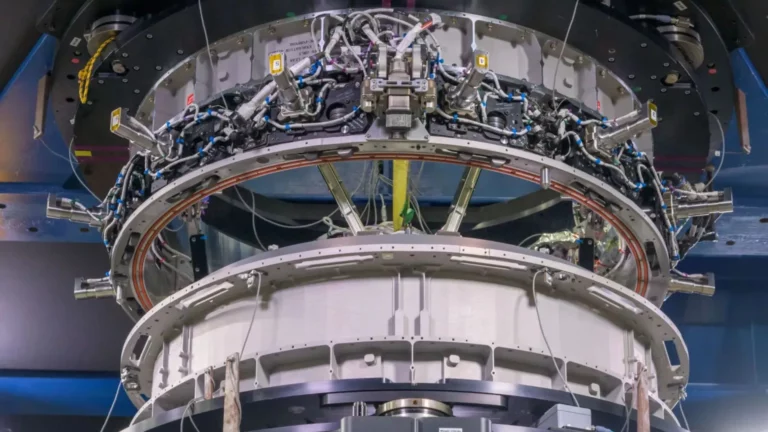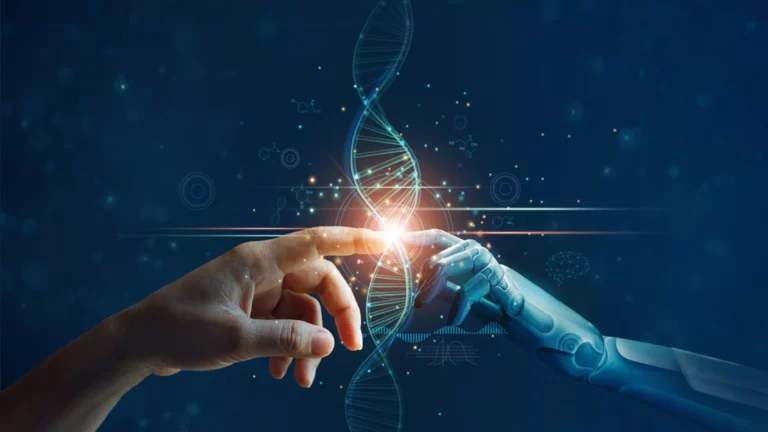NASA and SpaceX are in the intensive testing phase of a critical component for space exploration: the docking mechanism for transferring astronauts from the Artemis program to the Starship Human Landing System (HLS).
Hard work for Nasa and SpaceX
From an engineering perspective, spacecraft design and construction requires a meticulous focus on details that often go unnoticed, such as the mechanics behind the docking between two spacecraft. This challenge, elemental to the safe transit of crews and cargo, requires ingenious solutions given its inherent complexity.
Today, the docking process has reached a degree of routine and precision for both manned and robotic missions. However, NASA’ s goal to establish a sustainable human presence on the Moon through the Artemis program, arises the need to adapt and improve existing docking technologies.
To meet this demand, collaboration between NASA and SpaceX has resulted in the development of an innovative docking mechanism. This system is inspired by the one used by the Dragon 2 capsule for its link with the International Space Station (ISS).
Innovative design and engineering
The design of the mechanism is centered on two coupling rings, installed on each of the vessels, which allow for a safe and efficient linkage. These components, designed to be nearly identical, provide an airtight seal between the spacecraft, allowing the transfer of power and data, essential for mission success.
The operability of the mechanism is based on the use of an internal ring to facilitate smooth and precise coupling. During this process, one vessel acts as the passive receiver, while the other executes the active docking maneuver, using a system of actuating struts to align and join both rings efficiently.
Once initial contact is established, a system of latches secures the connection between the soft catch rings, followed by a firm latching by the hard catch ring latches, ensuring the stability and security of the connection.
Demanding tests with positive results
To validate the performance and reliability of this mechanism, NASA and SpaceX have conducted an extensive series of tests at the Johnson Space Center, simulating more than 200 docking scenarios under various conditions. This testing phase has been crucial to ensure the functionality of the system under a wide range of potential situations.
With the positive results obtained so far, the docking mechanism is in the final stage towards its official certification, paving the way for its implementation in the next Artemis III mission, scheduled for 2026.
Don’t miss any of our posts and follow us on social media!
Inspenet.com YouTube LinkedIn Facebook Instagram
Source and Photo: NASA










